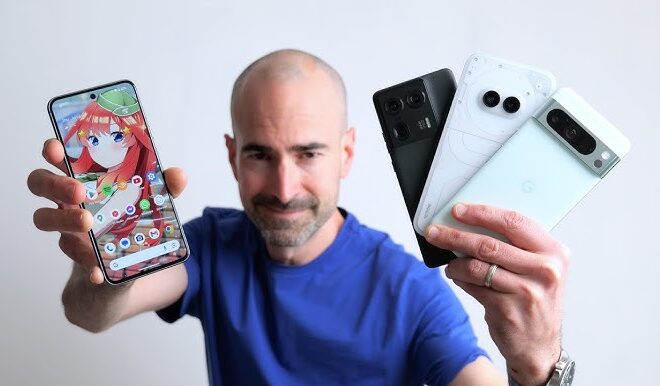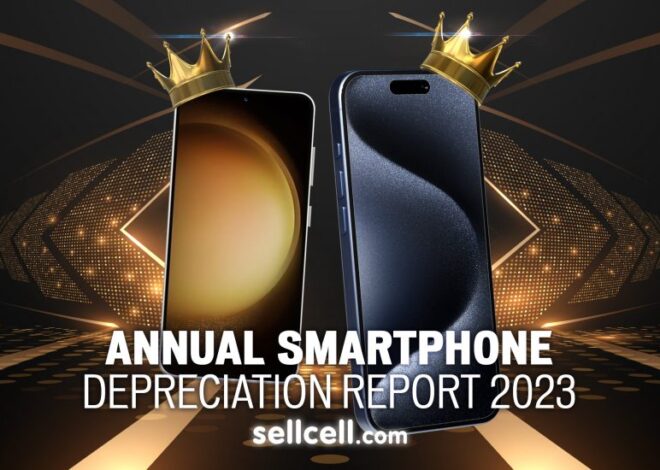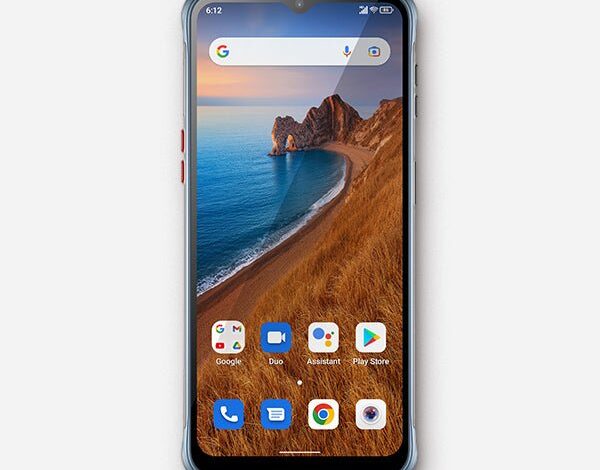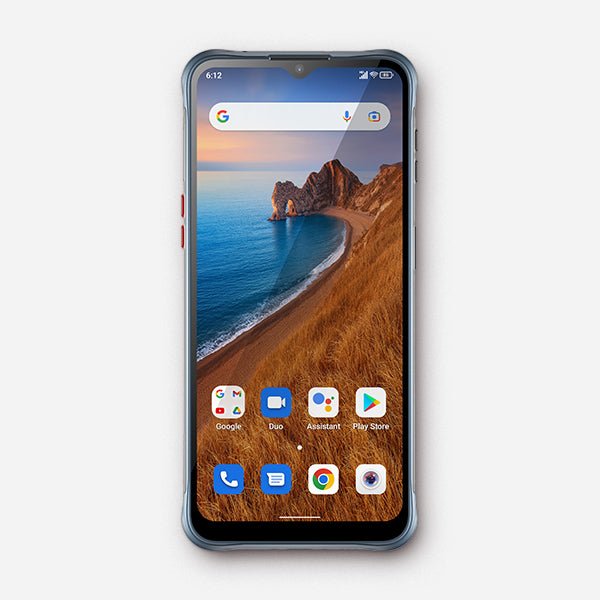
Beyond the Flagship: Navigating Brand Legacy and Software in the Modern Android Ecosystem
The Android Ecosystem Unpacked: More Than Just a Spec Sheet War
In the vibrant, ever-shifting landscape of mobile technology, the term “Android” represents more than just an operating system; it signifies a universe of choice, innovation, and fierce competition. From the gleaming flagships of industry titans to the budget-friendly workhorses that connect millions, the diversity of Android phones is staggering. However, as the market matures, the conversation is evolving. The relentless pursuit of higher megapixel counts and faster processors is giving way to a more nuanced understanding of what makes a great device. Today, brand legacy, software philosophy, and long-term support are becoming the true differentiators. The latest Android news often highlights not just a new gadget, but a new strategy—a company’s attempt to carve out a unique identity in a sea of sameness. This article delves into the complex dynamics of the modern Android market, using the strategic evolution of legacy brands as a lens to understand what truly matters when choosing your next device.
The Modern Android Landscape: A Battlefield of Brands and Innovation
The Android market is a sprawling ecosystem defined by its open-source nature, which has fostered a level of competition and variety unseen in its walled-garden counterparts. This environment is dominated by a few key players but also leaves fertile ground for niche competitors and resurrected legacy brands to find their footing.
The Dominance of Giants and the Rise of Challengers
At the top of the food chain sits Samsung, a behemoth that has mastered the art of vertical integration and market saturation. Its strategy is to offer something for everyone, from the ultra-premium Galaxy S and Z Fold series to the value-packed A-series that dominates the mid-range. Google, the creator of Android, has carved out its own space with the Pixel line. Instead of competing on raw hardware specs alone, Google’s value proposition lies in its “pure” Android experience, exclusive AI-powered features like the Magic Eraser, and a commitment to being the first to receive software updates. Hot on their heels are formidable challengers like Xiaomi, OnePlus, and OPPO, who often build their reputation on offering “flagship killer” specifications at a more accessible price point, wrapped in their own heavily customized software skins like MIUI and OxygenOS.
The Fragmentation Advantage and Disadvantage
Android’s greatest strength—its openness—is also its most persistent challenge. This “fragmentation” allows manufacturers to innovate and create unique user experiences. A Samsung phone feels distinctly different from a Pixel or a Xiaomi device, giving consumers a wide spectrum of choices in both hardware and software. However, this diversity comes at a cost. Software update schedules can be wildly inconsistent across brands. While Google’s Pixel and Samsung’s high-end devices receive timely OS upgrades and monthly security patches, users of other Android phones might wait months for the same updates, if they arrive at all. This inconsistency can lead to security vulnerabilities and a less-than-optimal user experience over the life of the device.
The Strategic Role of Legacy Brands
In this crowded field, brand recognition is a powerful currency. This has led to the re-emergence of iconic names from a bygone era of mobile phones. Companies like HMD Global (the home of Nokia phones) and Lenovo (which owns the Motorola brand) leverage the deep-seated nostalgia and trust associated with these names. Their strategy often isn’t to compete head-on with the $1200 flagships, but to capture the discerning mid-range market by combining a trusted brand with a specific value proposition, such as durable hardware or a clean, bloatware-free software experience.

A Case Study in Brand Revival: The Strategy Behind Modern Nokia Phones
The journey of the Nokia brand in the smartphone era serves as a fascinating case study in market strategy, brand licensing, and adaptation. It highlights how a legacy name can be repurposed to meet the demands of the modern Android consumer.
Leveraging a Legendary Name for a New Era
When HMD Global, a Finnish company with roots tracing back to former Nokia employees, acquired the exclusive license to create Nokia-branded phones, it inherited decades of consumer goodwill. The Nokia name was synonymous with indestructible build quality, exceptional battery life, and user-friendly design. HMD’s initial strategy was to lean heavily into this legacy. Their first wave of Android phones focused on robust construction and clean aesthetics, targeting the budget and mid-range segments where brand trust can be a deciding factor. By avoiding a direct fight with the likes of Apple and Samsung at the premium end, they established a solid foothold in the market.
The “Pure, Secure, and Up-to-Date” Promise
HMD’s most significant strategic decision was its commitment to a pure software experience. Most of their early devices were part of Google’s Android One program, which guaranteed a stock Android interface, free from the bloatware and heavy skins common on other devices. The marketing promise was simple and powerful: “Pure, Secure, and Up-to-Date.” This resonated with tech enthusiasts and everyday consumers alike who were tired of confusing interfaces and delayed updates. This software-first approach was a key differentiator, promising a Google Pixel-like experience at a fraction of the cost. While the execution on update timeliness has faced challenges and criticism over the years, the initial strategy was brilliant in setting Nokia phones apart from a sea of competitors.
Evolving Strategy: A Dual-Brand Future
Recent Android news indicates a strategic pivot for the company. HMD is beginning to launch its own HMD-branded devices alongside the familiar Nokia lineup. This dual-brand strategy is a sign of maturation. It allows the company to build its own identity and innovate more freely under the HMD name, potentially targeting different demographics or feature sets. Simultaneously, it can continue to leverage the powerful Nokia brand for specific market segments that value its heritage of reliability and simplicity. This evolution shows a deep understanding of brand equity—knowing when to lean on a legacy and when to forge a new path.
Navigating the Crowded Market: Insights for the Modern Consumer
The complex strategies employed by manufacturers have direct implications for consumers. Understanding these underlying dynamics is key to making an informed decision that goes beyond a simple comparison of technical specifications.
Looking Beyond the Spec Sheet
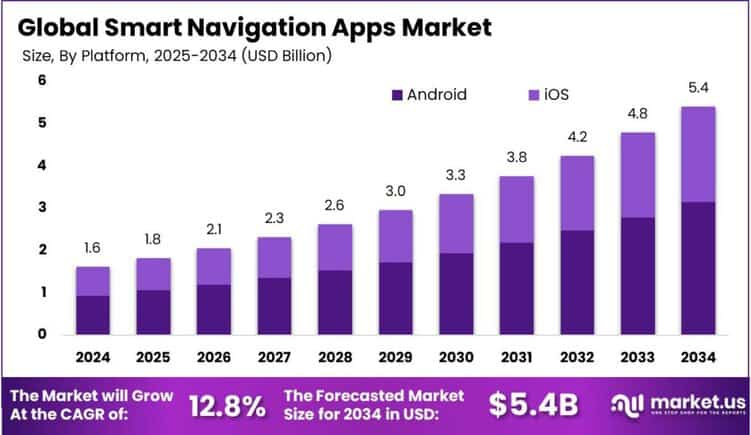
In 2024, the specifications for mid-range phones have become incredibly competitive. A $400 phone today can have a processor, display, and camera system that would have been considered flagship-tier just a few years ago. This is why looking beyond the numbers is more critical than ever. The real difference lies in the user experience, which is largely dictated by software.
- Software Skin: Do you prefer the clean, minimalist interface of a Pixel or a Nokia, or do you enjoy the feature-rich, customizable skins like Samsung’s One UI or Xiaomi’s MIUI?
- Update Policy: How many years of major OS updates and security patches does the manufacturer promise? A phone that stops receiving security updates becomes a liability.
- Bloatware: Does the phone come pre-loaded with numerous third-party apps you’ll never use? These can slow down the device and clutter the experience.
The Critical Importance of Software Support and Security
A smartphone is a gateway to your digital life, making long-term software support a non-negotiable feature. Market leaders have set a high bar. Google now promises an incredible seven years of OS and security updates for its Pixel 8 series. Samsung has also become a paragon of support, offering four major OS upgrades and five years of security patches for many of its flagship and mid-range devices. When evaluating other Android phones, this should be a primary point of comparison. A slightly cheaper device with only two years of promised updates may offer poor long-term value compared to a competitor that guarantees security for five years.
The Future of Android Gadgets and Brand Ecosystems
The battle for consumer loyalty is expanding beyond the phone itself into a broader ecosystem of Android gadgets. A seamless experience between your phone, smartwatch, earbuds, and tablet is a powerful selling point. Samsung and Google are masters of this, creating ecosystems where their devices work better together. For smaller players and legacy brands, this presents a significant challenge. Can they build a compelling suite of interconnected products, or will they focus on perfecting the standalone smartphone experience? For consumers, this means considering not just the phone you’re buying today, but the ecosystem you might be buying into for the future.
Actionable Advice: How to Choose the Right Android Phone for You
With a dizzying array of options, choosing the right Android phone can feel overwhelming. By focusing on your personal needs and understanding the market’s nuances, you can make a confident choice.
Define Your Priorities: A Personal Checklist
Before you start reading reviews, take a moment to rank what’s most important to you.
- Performance: Are you a power user who plays demanding 3D games and edits video, or do you primarily browse the web, use social media, and stream content? A mid-range processor is more than capable for the latter.
- Camera Quality: Is photography a passion? If so, look beyond megapixel counts. Research sensor size, aperture, and, most importantly, the quality of the software processing. Read camera comparisons and look at sample photos from trusted reviewers.
- Battery Life: Are you constantly on the go and away from a charger? Look for devices with large batteries (4,500mAh or more) and check reviews for real-world screen-on time data.
- Software and Longevity: Do you value a clean, simple interface and want your phone to remain secure for many years? Prioritize brands like Google, Samsung, or those with a strong commitment to stock Android and a transparent update policy.
- Build and Design: Do you need a rugged, durable device, or do you prefer the premium feel of glass and aluminum? Consider factors like water resistance ratings (IP ratings) and screen protection (e.g., Gorilla Glass Victus).
Best Practices for Thorough Research
Once you know your priorities, dig deeper. Go beyond the marketing hype on a manufacturer’s website. Seek out long-term reviews that discuss how a device performs after six months or a year of use. Websites and YouTube channels that track software update rollouts can provide a realistic picture of a brand’s commitment versus its promises. For niche or legacy brands, pay close attention to reviews that discuss customer support and after-sales service, as this can vary significantly compared to larger, more established players.
Conclusion: The Enduring Power of Choice in the Android World
The Android ecosystem is a testament to the power of competition and choice. The ongoing story of legacy brands like Nokia, skillfully navigated by companies like HMD Global, demonstrates that there is more than one path to success. It proves that in a mature market, brand identity, software philosophy, and a commitment to the user’s long-term experience can be just as powerful as raw processing power. For consumers, this is the ultimate benefit. Whether you seek the cutting-edge AI of a Google Pixel, the all-encompassing ecosystem of a Samsung Galaxy, or the straightforward reliability of a modern Nokia, there is an Android device tailored to your priorities. The key is to look beyond the surface-level specs and choose a partner for your digital life, not just a collection of components.

